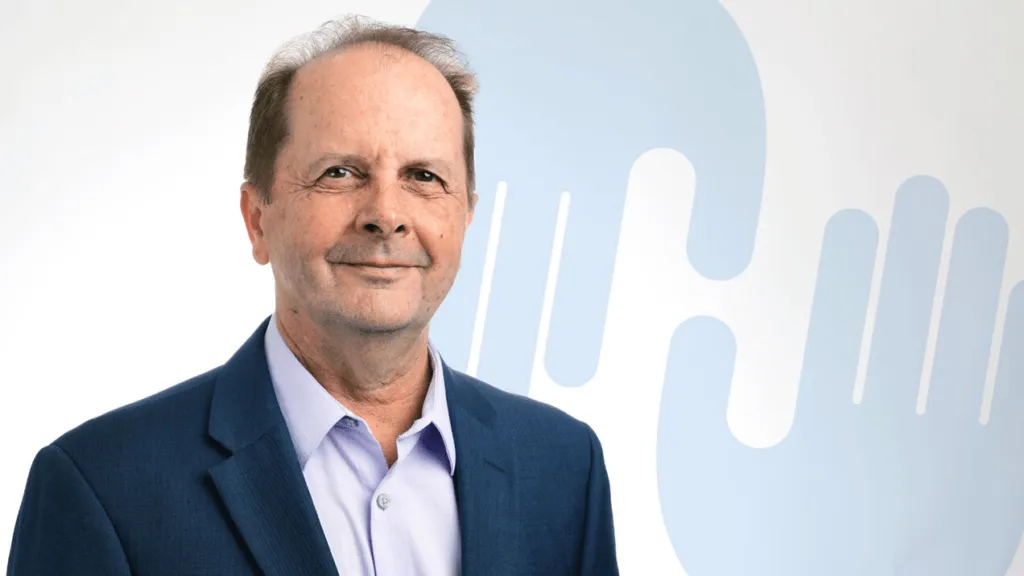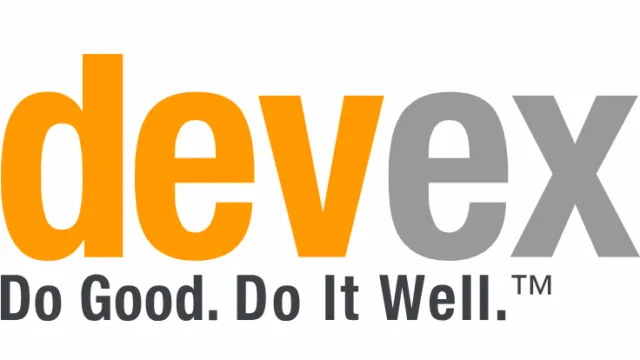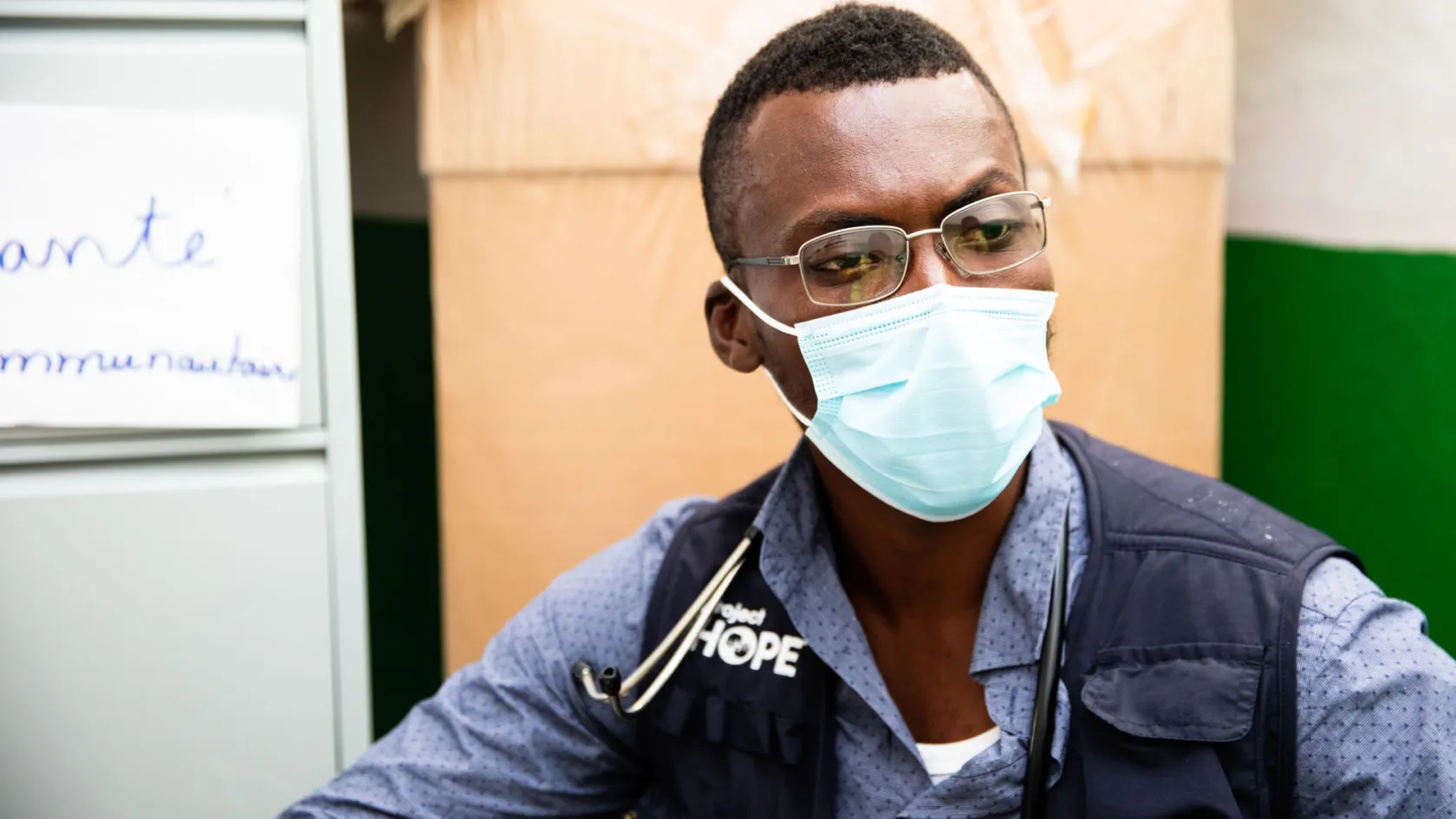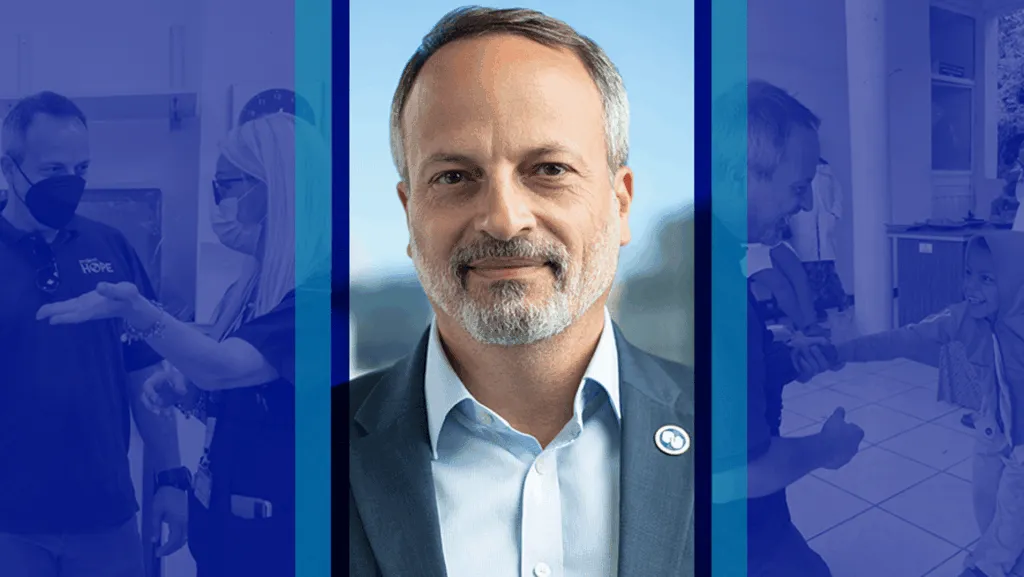We’re Asking The Wrong Question About COVID-19
Rather than asking when we can return to “normal,” the reality is that our new normal is learning to live amidst COVID-19. But will we apply what we have learned from the pandemic?

As air travel in the U.S. returns to pre-pandemic levels and many communities loosen COVID-19 restrictions, it has become almost natural to feel like we’re returning to a world without COVID-19. But it’s even easier to forget that COVID-19 has already become part of the world we now live in: that most of the world remains overwhelmingly unvaccinated, including the U.S.; that more infectious variants are taking hold in unvaccinated communities; and that the threats to global health — including future pandemics — will only continue to grow.
In other words, this “return to normal” is not normal.
COVID-19 is not going away, even if the Centers for Disease Control and Prevention (CDC) rightly says that those who are vaccinated can resume many of the activities they did prior to the pandemic. We must, however, remain just as vigilant now as we were in 2020. Due primarily to lack of vaccination, deadly surges of the Delta variant of COVID-19 are spiking internationally in places like Indonesia, South Africa, and Bangladesh, but also in communities in the U.S., like Missouri. Today, the culprit — aided by lack of vaccination — is the Delta variant. Tomorrow could herald the arrival of another more infectious variant, one that is more lethal, or, just as easily, one that evades the immune response produced by current vaccines. A highly infectious, highly lethal COVID-19 variant that evades a vaccine-induced immune response could become a doomsday reality.
Meanwhile, only about 11% of the global population has been vaccinated, nowhere near the coverage needed to achieve immunity on a large scale. More alarmingly, only 0.3% of the 3.6 billion doses administered to date have gone to low-income countries. The Delta variant is a stark and deadly reminder that COVID-19 variants will continue to wreak havoc as they develop and take hold in unvaccinated communities.
So the question is not how close we are to returning to normal. We’re living our new normal right now. The question is, what will we learn from it and do differently?
We have sacrificed too much as a global community to fail to act upon the lessons learned from the pandemic. But what will we do differently next time? COVID-19 has reminded us of the glaring inequities in access to essential health care services that we knew about before the pandemic but historically have failed to address. Domestically, these include the inequalities felt by minority communities of color. Globally, these include low-income countries and settings where humanitarian emergencies put people at high risk. Nearly 4 million lives have been lost to this pandemic, in large part because people could not access the most basic services like face masks, oxygen, vaccines, or the routine care for underlying conditions that put them at higher risk for death. The global shortage and maldistribution of health workers has further exacerbated these inequities. Widespread, equitable access to things many of us take for granted would have saved millions of lives and trillions of dollars.
Most importantly, we must not forget that all of the misery and suffering caused by the COVID-19 pandemic is largely preventable.
The question is not how close we are to returning to normal. We’re living our new normal right now. The question is, what will we learn from it and do differently?
The COVID-19 vaccines are an unprecedented scientific achievement. But rather than giving us the privilege to forget COVID-19 ever happened, they should reaffirm how it changed us. They should remind us how fragile the world’s health really is, and how much we depend on one another. As unimaginable as it is to think about, right now — this very minute — the next pandemic could be starting to spread. So we can’t wait for COVID-19 to be “over” to address the gaps it revealed, because it will never be over.
So what can we do? First, governments around the world — including the U.S. government — must commit to prioritizing pandemic preparedness and response with consistent, reliable funding and staffing. If governments are going to be ready to respond to the next COVID-19, we must see public health as an essential investment that’s worth funding with the same sort of reliable, ongoing budgetary support as we have for national defense and security.
But we also need government agencies to work together rather than pull separately: to sit at the same table, not unlike the Joint Chiefs of Staff, and work as a collective body to constantly defend against this very real threat. And instead of leaving 3,000 county health departments to largely fend for themselves, we must find ways for the federal level to complement local efforts with things they need to be more efficient like interoperable data systems, standardized appointment systems, evidence-based communication strategies, national branding, a common supply chain, and logistics.
Finally, we must address the root causes that make diseases like COVID-19 more likely and their spread more devastating. Encroachment of human populations on animal habitats will continue to raise the risk of emerging zoonotic diseases like HIV, Ebola, and COVID-19. Climate change is also a growing threat to global health through its effects on human and animal migration, increases in disease vectors like mosquitoes, and changes in human behavior. Growing conflict and wars play a major role in the displacement of populations, which threatens the health of tens of millions of people worldwide. We should reform the role of the World Health Organization to ensure its independence and ability to lead global health responses.
The last 18 months have been extraordinarily long and difficult. So let’s be thankful that vaccines are offering such high levels of protection for those who can access and are willing to take them. Let’s reunite with family and friends safely and in gratitude. But let’s not forget the fight still ahead, or ask when we’ll be able to live in a world without diseases like COVID-19. We live in a world that we have the power to shape.
Dr. Thomas Kenyon is Project HOPE’s former Chief Health Officer & former Director of the CDC’s Center for Global Health



